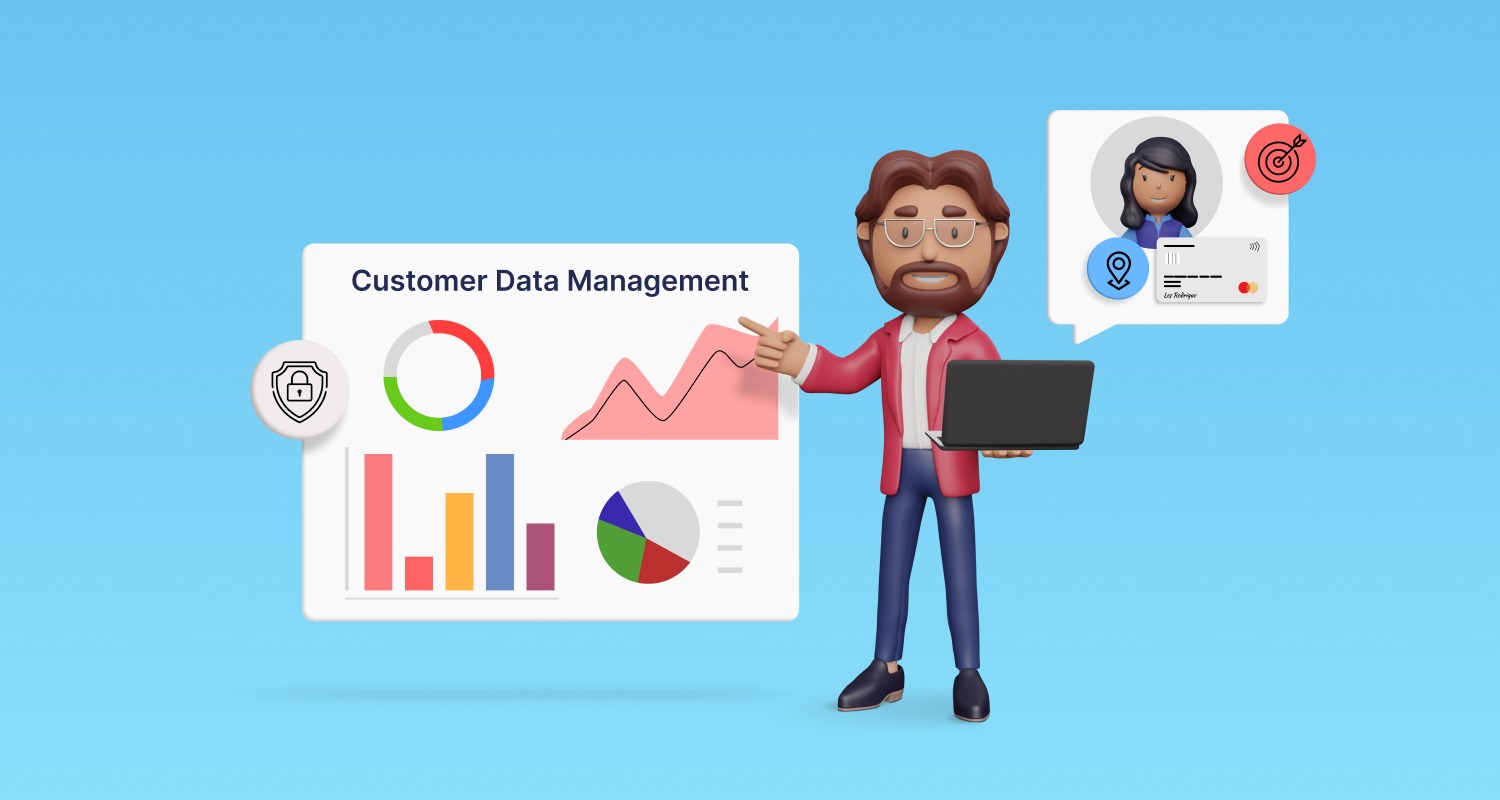
Understanding Microsoft’s Commitment to Privacy
In today’s digital realm, your privacy is a hot topic, and companies across the globe are taking notes. Microsoft, one of the giants in technology, is no exception. Recently, they reiterated their dedication to user privacy, shedding light on how they handle our data. Their approach might not be what everyone expects, but it certainly deserves a closer look.
The Cookie Jar: What’s Inside?
You’ve likely encountered cookies while browsing online. These small pieces of data play a vital role in personalization. Microsoft and its 829 partners utilize cookies to store unique IDs that help deliver tailored content and advertisements. For anyone who has ever felt the exhilaration or annoyance of perfect (or mismatched) ad targeting, cookies are the culprits—it’s all about making your experience feel personal.
Each time we choose settings, log in, or fill forms, we interact with these cookies. In fact, Microsoft has made it clear that they are essential for their websites to function properly. You might wonder how much control you have over these data practices. By selecting ‘Manage Preferences’, every user has the opportunity to navigate through their privacy settings easily.
Exploring Microsoft’s privacy practices and user data management
The Complexity of Consent
One compelling aspect of Microsoft’s policy is how they manage user consent. They process our data not just to serve us ads but to measure their effectiveness and derive insightful analytics about their websites. While they emphasize a holistic view of user data sharing, at the heart of it lies the principle of consent.
There’s a striking balance to strike in the vast ocean of online privacy, particularly when it comes to sharing information with partners. As detailed in their privacy documentation, the purposes include both delivering tailored content and engaging in audience research. However, this raises a significant question: how transparent are these practices?
As someone who often wrestles with the implications of targeted ads, I’ve found myself pondering whether the convenience of personalized content is worth the potential invasion of privacy. It’s an ongoing debate in our fast-evolving digital landscape.
The Vendors Behind the Curtain
One noteworthy figure in this narrative is the long list of 829 partners. Yes, you read that right. Each vendor presents a unique facet in how data is processed and utilized. Some of these vendors focus heavily on analytics while others may prioritize marketing strategies. The variety provides a range of personalized experiences but at the potential cost of user privacy. Navigating this complexity can feel daunting, especially with an ever-growing list of partners who can access your data. It makes you wonder if, in pursuit of personalized ads, we are merely become ’targets’ of marketing strategies.
The Power of Choice: Managing Your Privacy
Fortunately, Microsoft provides various options to shape our engagement with their services. Users can actively manage their preferences and decide what settings best suit their needs. This is of critical importance in an era where data protection regulations are becoming more stringent, and users demand accountability from their digital service providers.
The layered process of opting in and managing preferences allows for a user-centric approach. It’s a step in the right direction, but it begs the question: is it enough? Having options is empowering, yet the responsibility often falls on the users to take charge of their digital footprint. Personally, I’ve experienced the relief of adjusting settings to limit data usage, but I still occasionally find myself lost in the maze of privacy preferences.
 Managing user data effectively in a complex digital landscape
Managing user data effectively in a complex digital landscape
The Future of Online Privacy: What Lies Ahead?
As we look to the future, privacy will remain a cornerstone of the digital landscape. With major companies like Microsoft paving the way for more transparent practices, we can only hope that other tech giants will follow suit. The question is: How will they adapt to the evolving needs and demands of consumers?
Insightful regulations and robust privacy policies are the groundwork for establishing trust between businesses and their customers. The rise of more informed users seeking data security will ultimately hold companies accountable for their data use practices. In my view, this is an exciting shift, and embracing it could lead to a healthier digital ecosystem.
One thing is certain: as we engage more with technology, our voices regarding privacy must not just be heard but also acted upon. The demand for transparency is real—and the power lies in our hands to influence the future of our online experiences.
In wrapping up, I encourage everyone to take a moment and manage your own privacy preferences. After all, in the vastness of the internet, our rights and choices matter now more than ever.
Conclusion
Microsoft’s approach to privacy emphasizes a commitment to both transparency and innovation. By understanding how these practices affect each of us as digital citizens, we arm ourselves with the ability to make informed decisions. The next time a cookie notification pops up, remember that it’s more than just a prompt; it’s a window into how your data is handled. If we can adjust our associated settings proactively, we can better enjoy the advantages of personalized online experiences while maintaining peace of mind about our privacy.
— Your insights and thoughts? Join the conversation.















